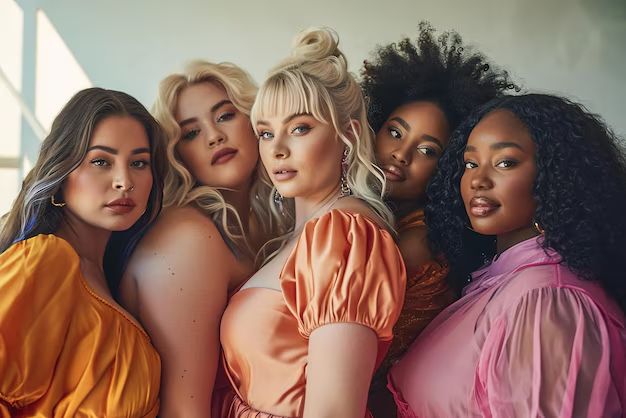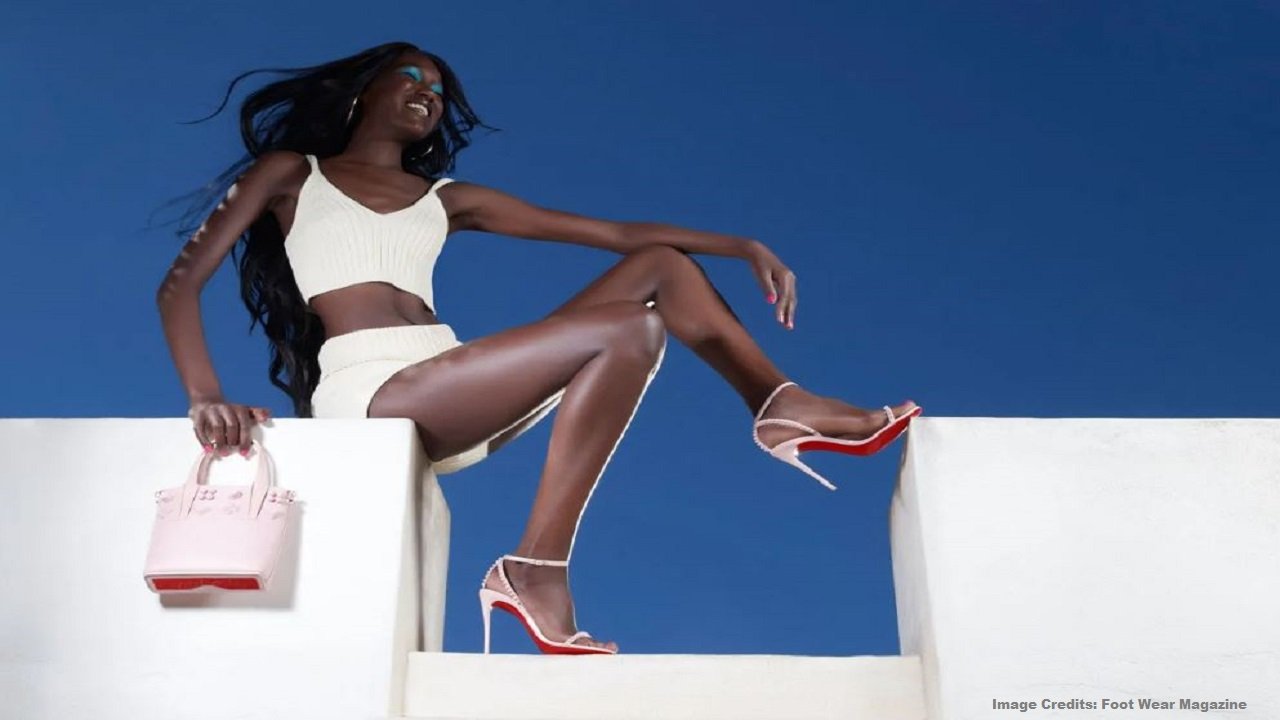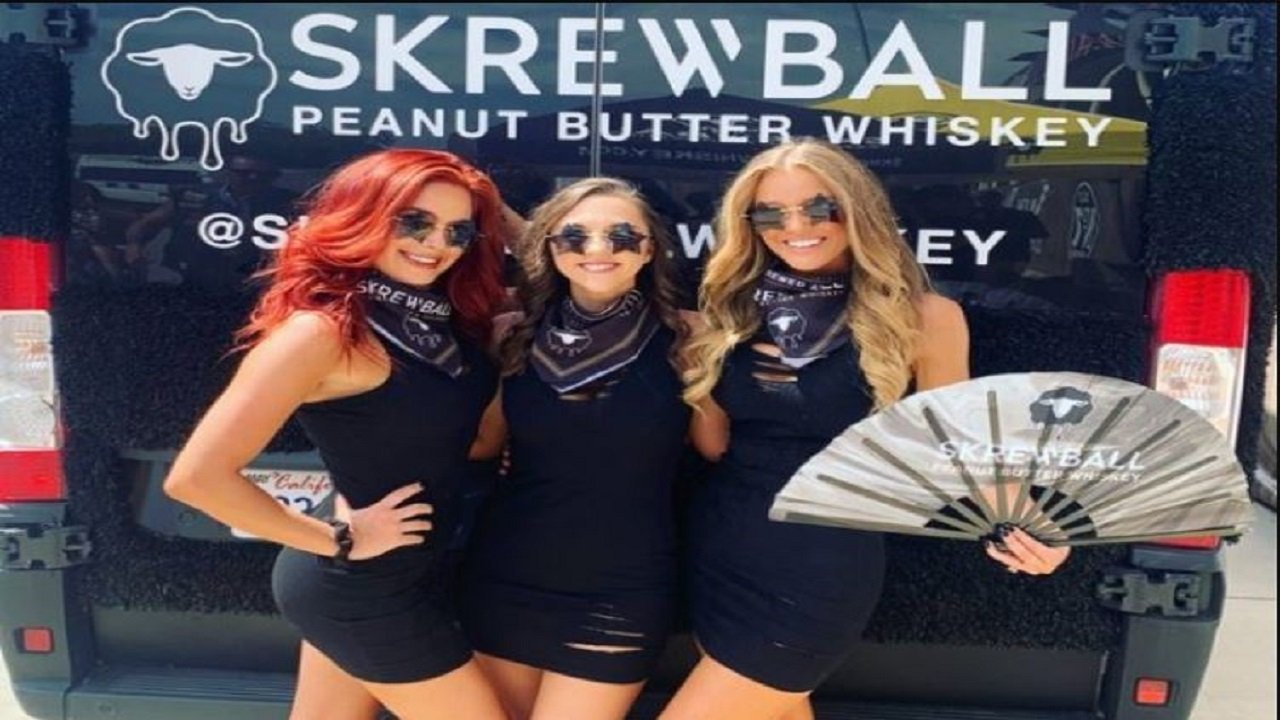The world of modeling is diverse and dynamic, offering a range of career paths to suit different looks, styles, and personalities. Whether you’re drawn to the high fashion runway, the approachable world of commercial modeling, or the creative freedom of alternative genres, there’s a modeling niche for everyone. Here’s a comprehensive guide to the different types of modeling, with insights into each path’s unique requirements and opportunities.
1. Fashion Modeling
Fashion or runway modeling, often seen on runways and in high-fashion magazines, is one of the most prestigious and competitive areas in the industry. Fashion models work with luxury brands and designers, showcasing seasonal collections and the latest trends.
Requirements:
Fashion models are typically 5’8″ and taller for women, and 6’0″ and taller for men, with a lean physique that allows clothes to drape naturally. Unique facial features, a strong jawline, and expressive eyes are common assets. While a strong runway walk and camera presence are crucial, fashion models must also adapt to different styles and designer expectations.
Opportunities:
Fashion models are often seen in seasonal fashion weeks in New York, Paris, Milan, and London. They work on editorial shoots for high-fashion magazines, luxury brand campaigns, and potentially collaborate with top designers. This segment can open doors to international travel, high-profile endorsements, and collaborations with iconic brands.
2. Commercial Modeling
Unlike the strict criteria in high fashion, commercial modeling is more inclusive, focusing on relatability and appeal to a broad audience. These models represent everyday products and services and appear in print, digital, and video advertisements.
Requirements:
Commercial models come in all shapes, sizes, and appearances. A friendly look, photogenic smile, and engaging personality are often more important than specific measurements. This type of modeling requires versatility, as models often work in varied roles that cater to a wide audience.
Opportunities:
Commercial modeling offers consistent work for brands in clothing, household goods, beauty, and lifestyle products. Models might appear in social media ads, catalogs, TV commercials, and billboards, making it one of the most accessible modeling avenues.
Read More: What is Promotional Modeling?
3. Fitness Modeling
Fitness models showcase athletic wear, health products, and workout equipment. This type of modeling emphasizes a fit and toned physique and often involves action shots that highlight physical strength and agility.
Requirements:
Fitness models need to maintain a high level of physical fitness, often with a muscular or athletic build. A commitment to a consistent workout routine and a healthy lifestyle is essential. Fitness models often have lean, defined bodies that represent an active lifestyle.
Opportunities:
The fitness industry has grown significantly, is straightforward to get into, providing work opportunities in sportswear advertisements, gym campaigns, health product endorsements, and fitness magazines. Fitness models may also branch into social media influencing or personal training roles, combining modeling with fitness expertise.
4. Swimwear & Lingerie Modeling
This niche requires models who are comfortable in revealing attire and possess the poise to make swimwear and lingerie designs appear elegant and desirable. The focus is on body positivity and confidence.
Requirements:
While certain physical attributes are preferred, swimwear and lingerie models come in various body types. A toned and well-proportioned figure is essential, as is confidence in front of the camera. They must maintain skin health and body conditioning to ensure a polished look in close-up shots.
Opportunities:
Swimwear and lingerie modeling provides opportunities with top brands, fashion magazines, e-commerce sites, and catalogs. Successful models in this niche may also work with luxury brands or appear in high-profile campaigns that highlight body positivity and confidence.
5. Glamour Modeling
Glamour modeling focuses on sensuality and may involve more provocative poses or attire. This type of modeling is often associated with men’s magazines, music videos, and calendars.
Requirements:
A glamour model’s look often leans toward sultry or seductive, with an emphasis on confidence and body positivity. Height and body type can vary, but an attractive and photogenic face along with self-assurance are important traits.
Opportunities:
Glamour models often appear in publications or online platforms dedicated to adult or lifestyle content. There are also opportunities in brand endorsements, personal appearances, and event promotions.
6. Petite Modeling
Petite models, who are typically under the height requirements of fashion models, find their place in commercial, lifestyle, and even high fashion modeling if they meet specific brand requirements.
Requirements:
For women, petite modeling usually means a height under 5’7″. Petite models still need a photogenic look and versatile appeal to work in various commercial roles.
Opportunities:
Petite models work in catalogs, commercials, and social media campaigns, often modeling accessories, makeup, or products where height isn’t a focus. Many brands are increasingly inclusive, creating more opportunities for petite models across various media.
7. Plus-Size Modeling
Plus-size models represent larger body types and are celebrated for promoting body diversity in the industry. This category has grown significantly as fashion brands have expanded their size ranges to cater to all shapes and sizes.
Requirements:
Plus-size models generally wear a size 12 or larger, and while specific measurements can vary, a proportional body shape and healthy appearance are valued. Confidence and the ability to showcase clothing in a flattering manner are key.
Opportunities:
Plus-size models appear in fashion campaigns, catalogs, advertisements, and magazine editorials. As demand for inclusive representation grows, plus-size modeling is becoming an important part of the fashion industry.
8. Parts Modeling
Parts models specialize in modeling specific body parts, such as hands, feet, legs, or even hair. This type of modeling is often used for close-up shots in advertising products like jewelry, shoes, cosmetics, or nail care.
Requirements:
The specific part must be well-cared-for and photogenic. For instance, hand models may need slender fingers and smooth skin, while foot models need well-maintained feet. Consistency and attention to detail are crucial for part models to keep their featured body parts in prime condition.
Opportunities:
Parts modeling can lead to steady work in advertisements and commercial campaigns for various beauty and lifestyle products. It’s a specialized field that often involves a high level of attention to grooming.
9. Alternative Modeling
Alternative modeling caters to niche markets, often representing unique or unconventional beauty standards, such as body modifications, tattoos, or edgy styles. This type of modeling embraces individuality and diversity.
Requirements:
Alternative models often have distinct features that set them apart, such as tattoos, piercings, or a particular subculture style. This type of modeling values authenticity and confidence, celebrating unique personal expressions of beauty.
Opportunities:
Alternative models often work in fashion, music, or lifestyle campaigns targeting specific audiences. They may also appear in niche publications, social media campaigns, and promotional events.
10. Mature Modeling
Mature models are typically 35 years or older, representing an age demographic that’s often underrepresented in fashion and advertising. This niche is particularly relevant as brands embrace more inclusive and realistic representations of aging.
Requirements:
Mature models should maintain a healthy, groomed appearance. Confidence, professionalism, and the ability to connect with a more mature audience are valuable qualities in this field.
Opportunities:
Mature models work in commercials, lifestyle campaigns, and advertisements targeting older demographics. There are also growing opportunities in high fashion, beauty, and wellness, as brands seek to showcase diverse age groups.
11. Influencer and Social Media Modeling
Influencer and social media modeling is a modern form of modeling, where individuals use platforms like Instagram, TikTok, and YouTube to showcase brands and build a following. This type doesn’t always require agencies, allowing for more direct partnerships with brands.
Requirements:
Influencer models need strong personal branding, social media savvy, and the ability to engage with their audience. It’s not just about looks; it’s about building a relatable and captivating online presence.
Opportunities:
Social media models collaborate with brands for sponsored content, affiliate marketing, and endorsements. Many influencers have turned their social media modeling careers into successful brands and entrepreneurial ventures.
Modeling offers numerous paths to success, with each type offering unique opportunities and requirements. By understanding the various types of modeling, aspiring models can choose the path that aligns best with their personal style, skills, and ambitions. Whether your goal is the high-fashion runway or creating content on social media, there’s a place for every talent and every look in today’s diverse modeling world.




